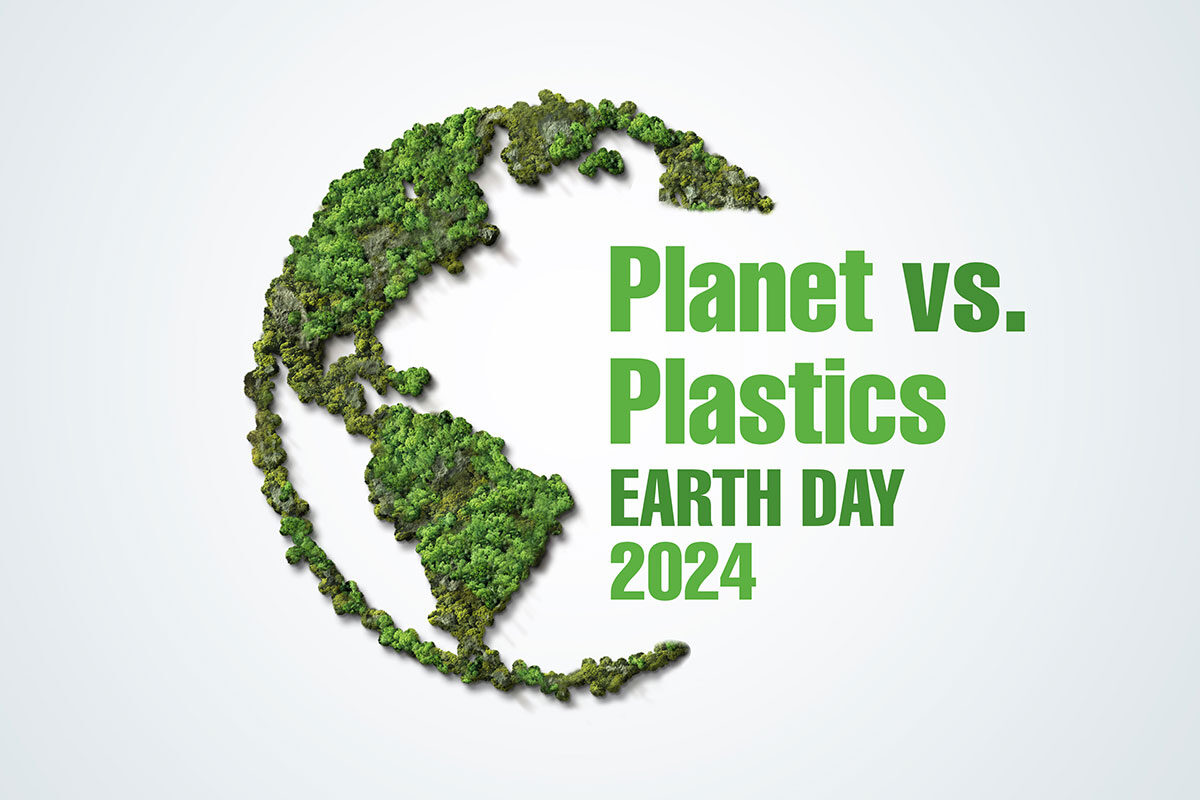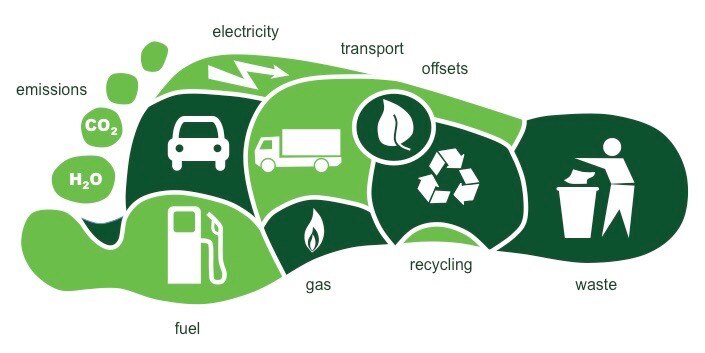Earth Day 2024
This week we mark International Earth Day, the annual ‘world day’ on which a call to environmental action echoes across the globe. This day aims to...
2 min read
Niamh Dermody : Mar 28, 2025 7:00:00 AM

Plastic vs. Paper Straws: The Ultimate Sustainability Debate
The debate over plastic versus paper straws continues in the U.S., with some businesses reconsidering their bans on plastic due to consumer dissatisfaction with paper alternatives. But what are the real environmental, economic, and practical consequences of reintroducing plastic straws versus sticking with paper?

Plastic straws have long been criticized for their harmful environmental effects. These single-use plastics are non-biodegradable and can take up to 200 years to break down. Instead of decomposing, they fragment into microplastics, which pollute oceans and harm marine life. The Great Pacific Garbage Patch, a vast accumulation of plastic waste in the ocean, is a stark reminder of the damage caused by disposable plastics.
Paper straws are often seen as a greener alternative, but their production has its own environmental drawbacks. Manufacturing paper straws requires cutting down trees, high water consumption, and significant energy use. Some studies suggest that the carbon footprint of paper straws can be higher than plastic due to the chemicals and resources used in production. Additionally, many paper straws are coated with wax or lined with plastic, making them difficult to recycle or compost.

One of the biggest complaints about paper straws is their tendency to become soggy and break apart before a drink is finished. This leads to frustration among consumers, particularly in fast-food and beverage industries, where straw durability is important. Plastic straws, on the other hand, are flexible, strong, and reliable, which is why many businesses are considering bringing them back.
Several U.S. states and municipalities have implemented plastic straw bans in recent years. However, pushback from businesses and customers has led to a reevaluation of these policies. Some argue that rather than outright bans, a more effective approach would be responsible plastic use, increased recycling infrastructure, and the promotion of biodegradable alternatives.
From a financial perspective, paper straws can be two to three times more expensive than plastic straws, adding a significant cost burden for businesses. Many restaurants and fast-food chains have found that switching to paper straws leads to higher expenses and an increase in consumer complaints, making plastic straws a more attractive option despite environmental concerns.
The debate doesn’t have to be an either-or choice between plastic and paper. There are alternative materials such as biodegradable plastics made from cornstarch, seaweed-based straws, and reusable metal or silicone straws that provide sustainability without sacrificing functionality.
However, reusable metal straws come with safety concerns. There have been reported incidents of impalement injuries, especially when rigid metal straws are used with lid-secured cups or by individuals with mobility impairments. This raises questions about their practicality for all consumers.
Encouraging innovation in the field of eco-friendly straw production could be a long-term solution that benefits both businesses and the environment.

Reintroducing plastic straws may solve consumer frustrations, but it comes at the cost of environmental sustainability. Paper straws, while marketed as an eco-friendly alternative, have their own drawbacks that cannot be ignored. Instead of reverting to plastic or sticking with inefficient alternatives, a balanced approach that includes better recycling, innovative materials, and responsible consumption may be the key to progress.
As businesses, policymakers, and consumers weigh their options, the question remains: Is convenience worth the long-term environmental impact, or should we continue striving for truly sustainable alternatives?
Plastic straws contribute to long-term pollution and microplastic contamination.
Paper straws may have a higher carbon footprint than plastic due to production factors.
Consumer dissatisfaction with paper straws is driving some businesses to reconsider plastic options.
Metal straws, while reusable, pose safety concerns.
The future of sustainable straws may lie in biodegradable and innovative alternatives.
By staying informed about the true environmental and economic implications, businesses and consumers can make more responsible choices for a sustainable future.

This week we mark International Earth Day, the annual ‘world day’ on which a call to environmental action echoes across the globe. This day aims to...

Experts are now saying that recycling isn't having the expected impact. Here are twelve alternatives to help you curb your carbon imprint. Less than...

In this blog, we are going to discuss "How Sustainability Became the Key to Competitive Strategy?"